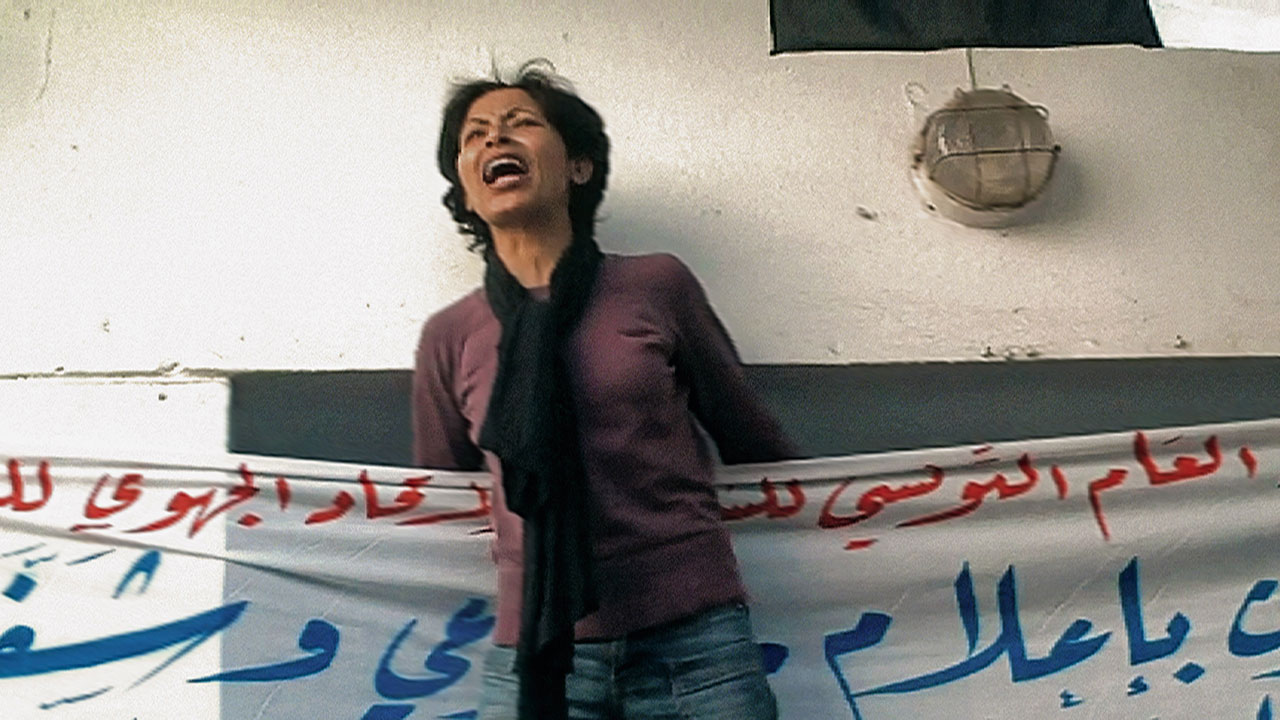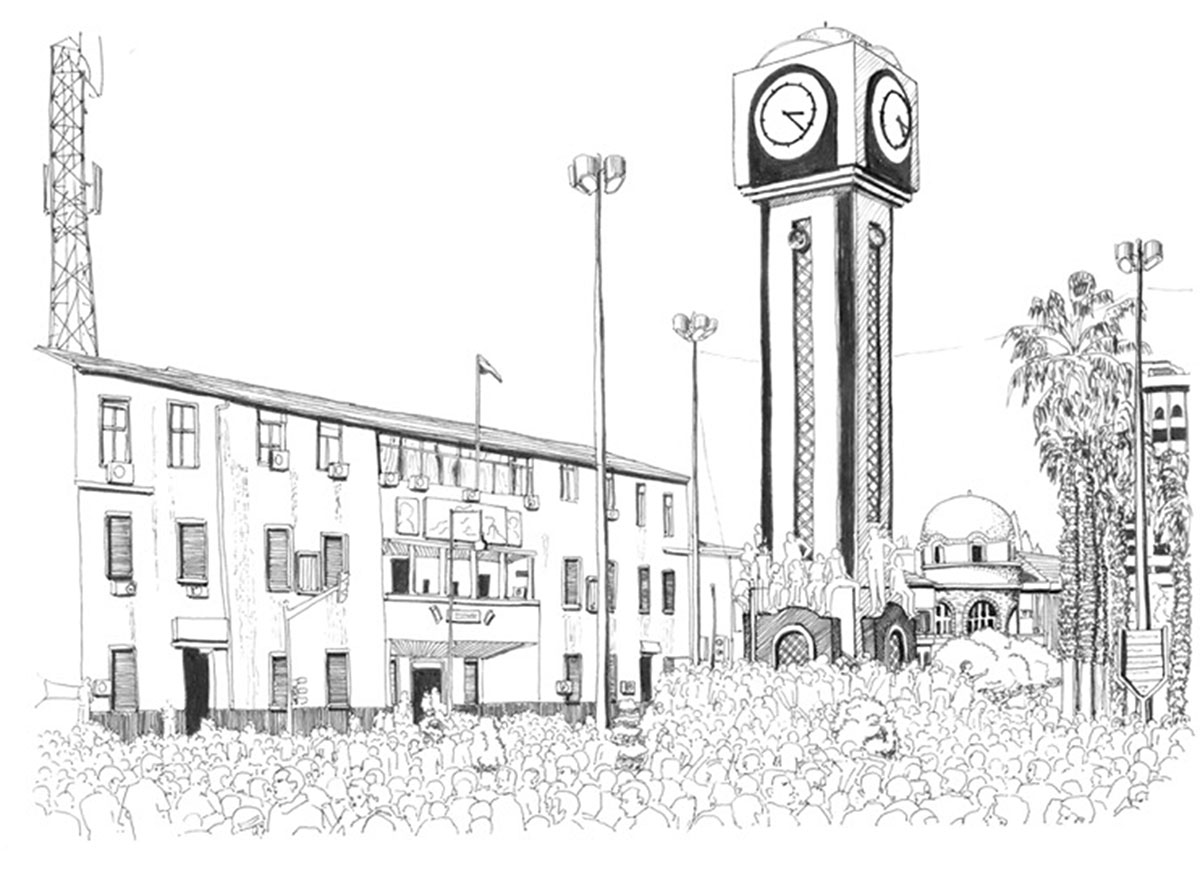PRESENTATION: Unhealed, Part II
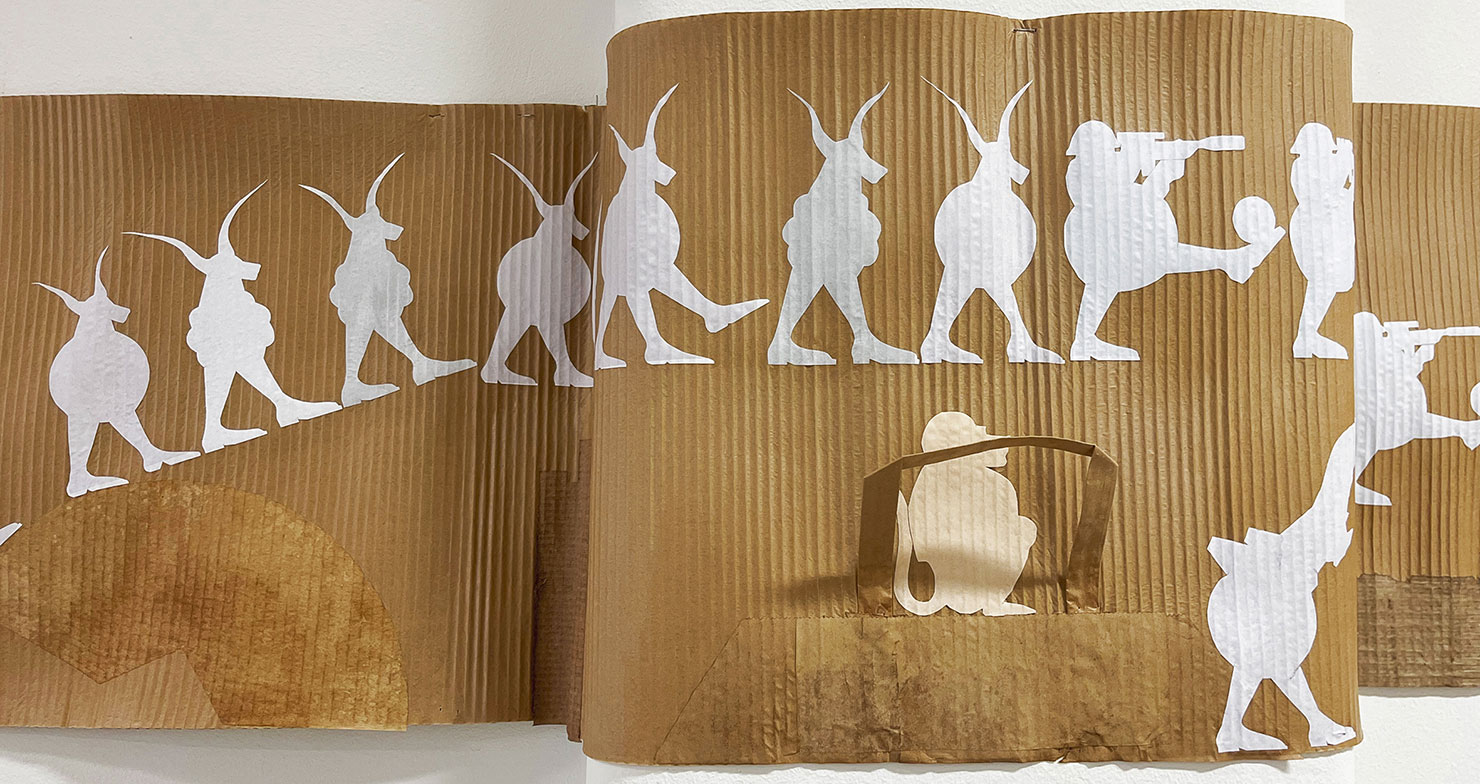 The international group exhibition “Unhealed” delves into the aftermath of the uprisings and revolutions, that swept through the Arab world starting in 2010. These events altered the lives of millions of people, many of whom, as a consequence, now live in Sweden. With this exhibition, Moderna Museet Malmö proudly presents seventeen artist who, in different ways, have addressed this tumultuous and still unfolding chapter in history.
The international group exhibition “Unhealed” delves into the aftermath of the uprisings and revolutions, that swept through the Arab world starting in 2010. These events altered the lives of millions of people, many of whom, as a consequence, now live in Sweden. With this exhibition, Moderna Museet Malmö proudly presents seventeen artist who, in different ways, have addressed this tumultuous and still unfolding chapter in history.
By Dimitris Lempesis
Photo: Moderna Museet Archive
The exhibition “Unhealed” portrays existential experiences amid major social upheaval. It navigates through feelings of hope and despair, bringing us beyond political analysis. Through sculpture, painting, drawing, film and photography, it embodies a poetic narrative rather than a strict historical account. The contributing artists are predominantly based in Algeria, Egypt, Libya, Morocco, Syria, Tunisia, and Yemen, but also in Albania, Italy, Romania, and Sweden. Asim Abdulaziz is a visual artist, photographer, and filmmaker. His emerging practice explores the psychoaffective implications of living in a country ravaged by ongoing war. The photographic series “Homesick” (2020), for example, depicts Yemeni. women in destroyed interiors, the title suggesting both a yearning to return to a time before the war as well as the morbid estrangement of living among the ceaseless ruins that are product of the conflict. Aya Al-Barghathy is a freelance photographer and writer. Born in Germany as a Libyan citizen, she currently resides in Benghazi, Libya. A recent graduate from the Faculty of Medical Technology, Department of Anesthesia, Al-Salalam University, Aya is a member of several local civil society organizations. She began her photography career in 2015, specialising in documentary photography. She volunteered and collaborated with many local and international institutions inside and outside Libya. Aya currently works as a Content Creator at BBC (BBC ElKull). She is also a researcher and writer in the field of feminist photography. Born in in Tunis, Héla Ammar is a visual artist, PHD graduate in law. She is directly inspired by her daily life to bring her vision on subjects such as the image and the feminine identity in the Arabic Mediterranean cultures. Her photographs and installations question the notion of memory and identity by challenging the conventional social, political and religious references. The artist highlights memory through the archive. Author of « Corridors » (2015), a photo book on tunisian prisons, and co-author of “Siliana Syndrome” (2013), a survey on death row in Tunisia, she developed a whole artwork around the prison environment.Shady El Noshokaty is a contemporary Egyptian artist born in Damietta City in June 1971, whose projects was featured in many established Contemporary Art Museums and international exhibitions around the world like the Venice Biennial, Hayward Gallery, Mori museum, Kunst museum in Stockholm, Bochum, Arab World Institute in Paris and many others. He also works as Associate Professor in the Departments of the Arts in the American University in Cairo. He was an executive curator for Ahmed Basiony’s art project (30 days Running in the place) for the Egyptian pavilion at the 2011 Venice Biennial. Safaa Erruas was born in 1976 in Tétouan, Morocco where she lives and works. She initially enrolled for a science qualification at the University Abdelmalek Essaadi but later changed her course to artistic training at Institute National Des Beaux Arts where she graduated in 1998. Her work is often dominated by the single color white which she says symbolises immateriality, silence and fragility. Delicate and powerful at the same time, her work is distinguished by the conjunction of fine and sharp materials: fabrics, cotton, paper, gauze, beads, but also needles, glass and razor blades together creating sutures, cuts, and seams like unhealed wounds. This is all the while managing to be abstract and minimalistic.
What is art? What is culture? And what role do they play in Libya today? The exhibition reflects on Libya’s conflict in a very different way with one of the country’s best-known artists, Hadia Gana. Hadia has worked with ceramics and glass and produced many fascinating installations, and as a leading advocate for cultural heritage, recently founded Libya’s first art museum. Discussing the link between art and justice brings to mind our conversations with the great Justice Albie Sachs, who, when appointed to the Constitutional Court of South Africa by Nelson Mandela, realised that art played an essential role in dealing with the ghosts of the country’s Apartheid past. A powerful reminder of the vital link between art and justice! Khaled Hafez’s work delves into the dialectics of collective memory and consumer culture. Through various media – painting, video, photography and installation – Hafez deconstructs the binary narratives propagated by mass media and disrupts representational dichotomies such as East/West and good/evil. Re-assembling appropriated pop, historical, and political imagery, the artist traces links between the icons and serial format of Pharaonic painting and modern comics. His practice produces an amalgam of visual alphabets that bridge Orient and Occident, and address how globalization and consumerism have altered Middle Eastern societies, to create aesthetic hybrids far beyond the stereotypes of the news. Diana Jabi is a visual artist and flâneur of mixed Syrian and Romanian origins, although she identifies herself as a “World citizen”. been born in Damascus, in 1982, she studied and completed her middle education between Syria and Romania. She enlisted in the Faculty of Fine Arts of the University of Damascus, where she studied engraving and graphic arts, graduating as a Valedictorian from the Department of Engraving in 2004. Starting in 2008, Diana has been living in Barcelona, where she attended the PAiR Produccions Artistiques i Recerca Official Masters Program at the Facultat de Belles Arts, Universitat de Barcelona, receiving her masters degree in 2010. She is now developing her PhD proposal. Rachid Koraichi’s work encompasses a range of materials which include ceramics, textiles, bronze, Corten steel, alabaster, print and etching on paper and paint on canvas. His work is influenced by a fascination with signs: symbols, glyphs and ciphers drawn from a variety of languages and cultures. Among other influences, Islamic texts and tenets inspire his works, particularly those of taṣawwuf (Ṣūfīsm in English), is a kind of Islamic mysticism. Adrian Paci’s art acts in response to the historical, political and cultural transformation that emerged out of the upheavals experienced in Eastern Europe. Starting from his own experience, and that of his family and friends, Paci addresses such issues as exile, identity, memory and collective history, in a way that is both moving and straightforward. Fethi Sahraoui is an Algerian documentary photographer, working on the social landscape, after studying foreign languages in the university of his town Mascara he graduated this year after preparing his final studies project about the contribution of Black American photographers during the civil rights movement. Fethi’s work was shown in different institutions like the Arab World Institute and published on different platforms like the New York Times. He is a member of the 220Collective, a family of five photographers who are based in different parts of Algeria and who collaborate on different projects together.
Participating Artists: Asim Abdulaziz, Aya Albarghathy, Muhammad Ali, Héla Ammar, Marwa al-Sabouni, Selim Ben Sheikh, Shady Elnoshokaty, Safaa Erruas, Hadia Gana, Khaled Hafez, Diana Jabi, Rachid Koraichi, Moataz Nasr, Adrian Paci, Mario Rizzi, Fethi Sahraoui, and Mouna Jemal Siala
Photo: Khaled Hafez, History of the Mundane: Military Industrial Complex (detail), 2022–2023, Courtesy: The artist
Info: Curators: Abir Boukhari and Joa Ljungberg, Moderna Museet, FiOla Billgrens plats 2–4, Malmö, Sweeden, Duration: 2/3-15/9/2024, Days & Hours: Tue-Wed & Fri-Sun 11:00-17:00, Thu 11:00-19:00, www.modernamuseet.se/
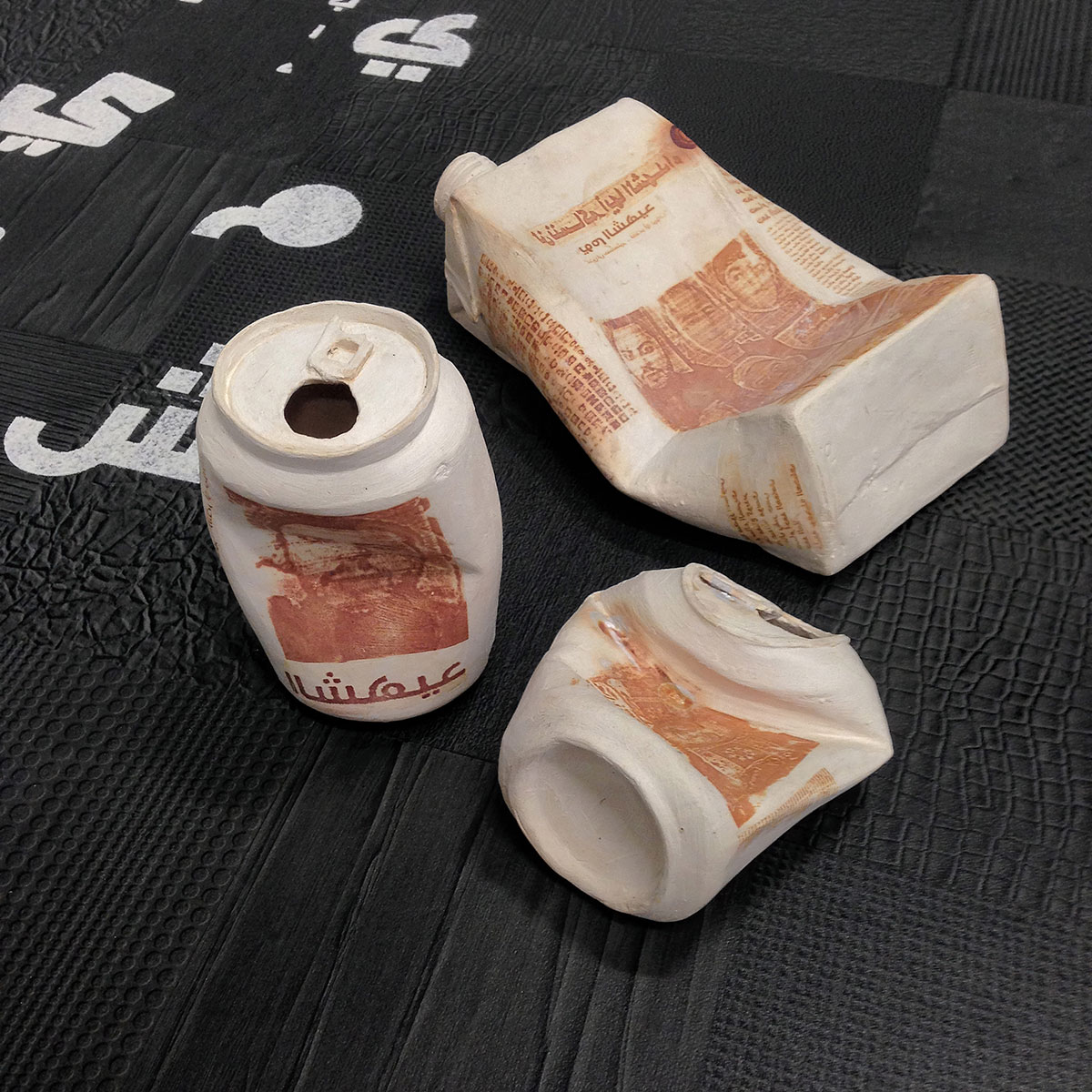
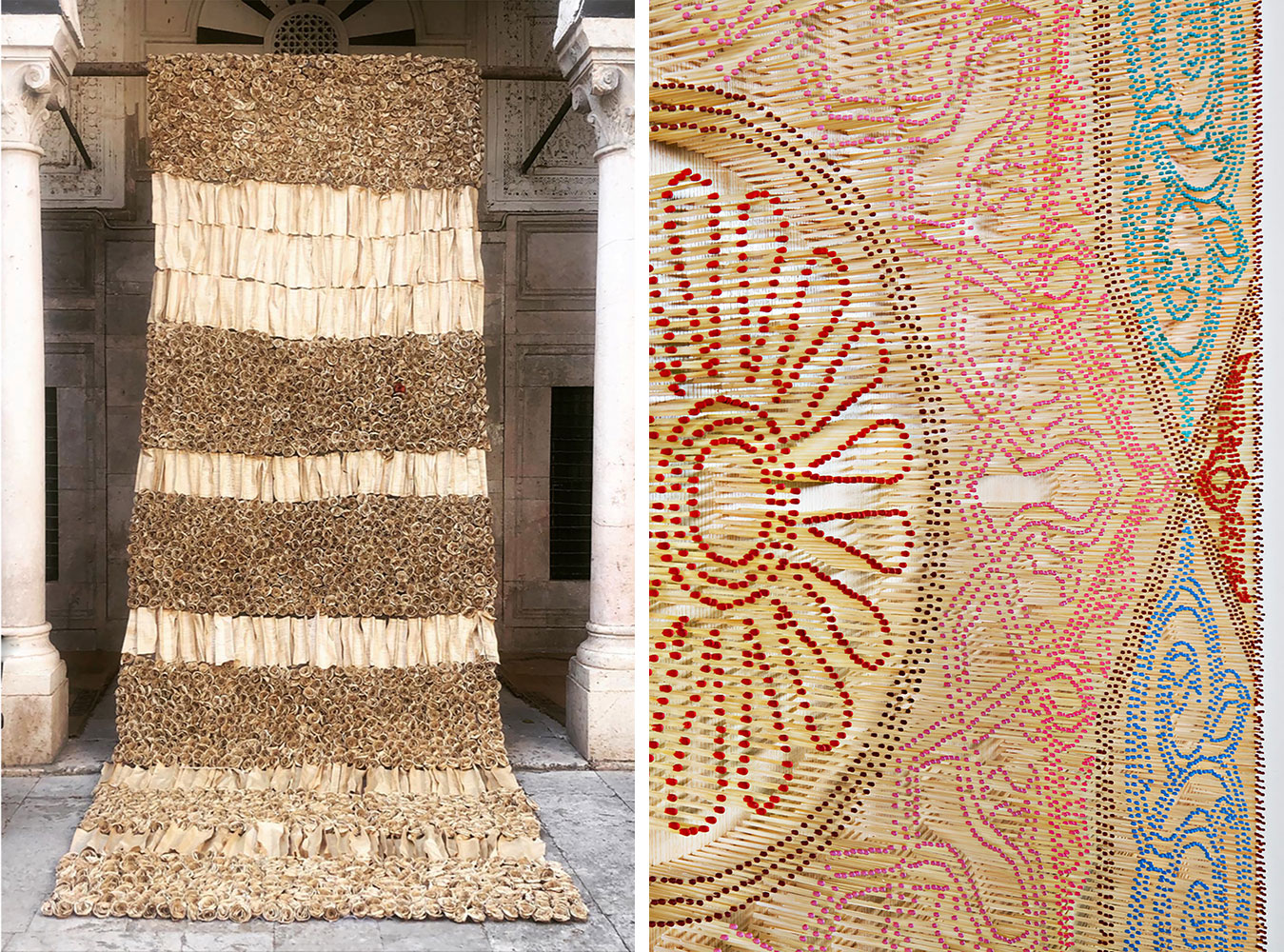
Right: Moataz Nasr, Khayameya (detail), 2011–2012, Courtesy: Continua Gallery and the artist
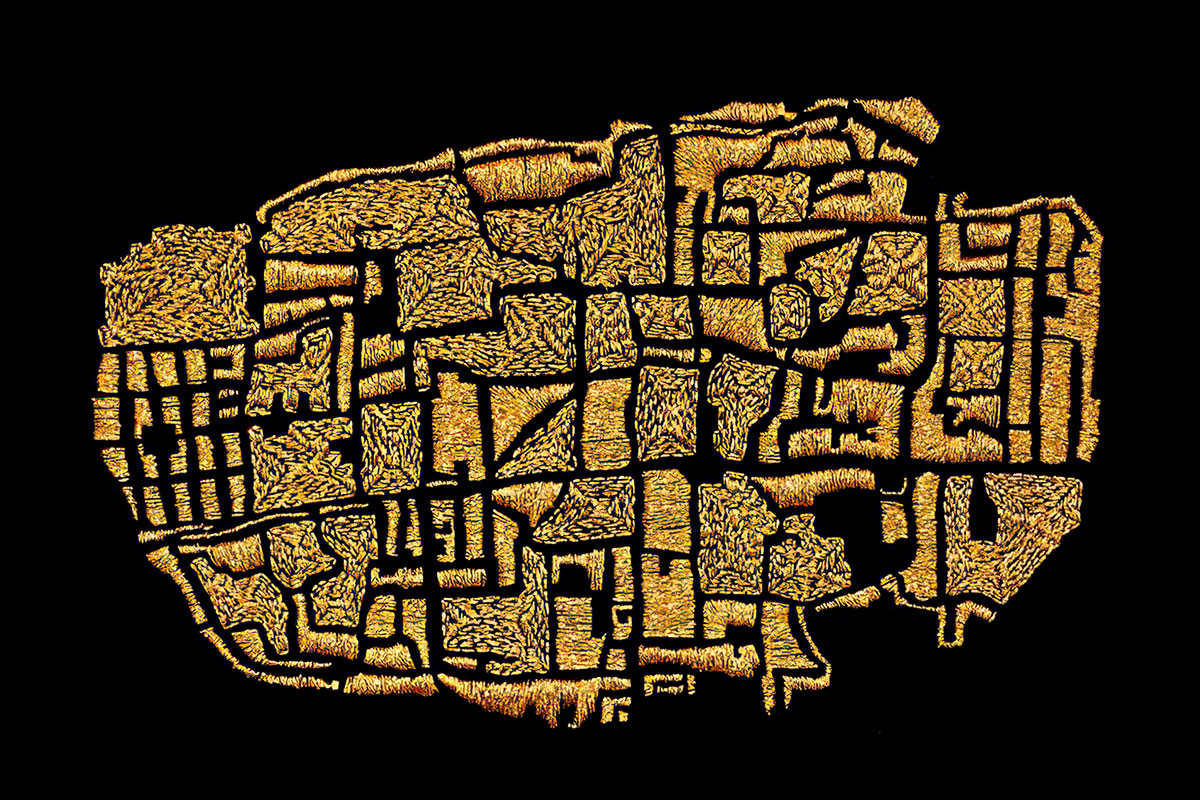
Diana Jabi, From the series “Home Sweet Home”, 2016, Courtesy: The artist
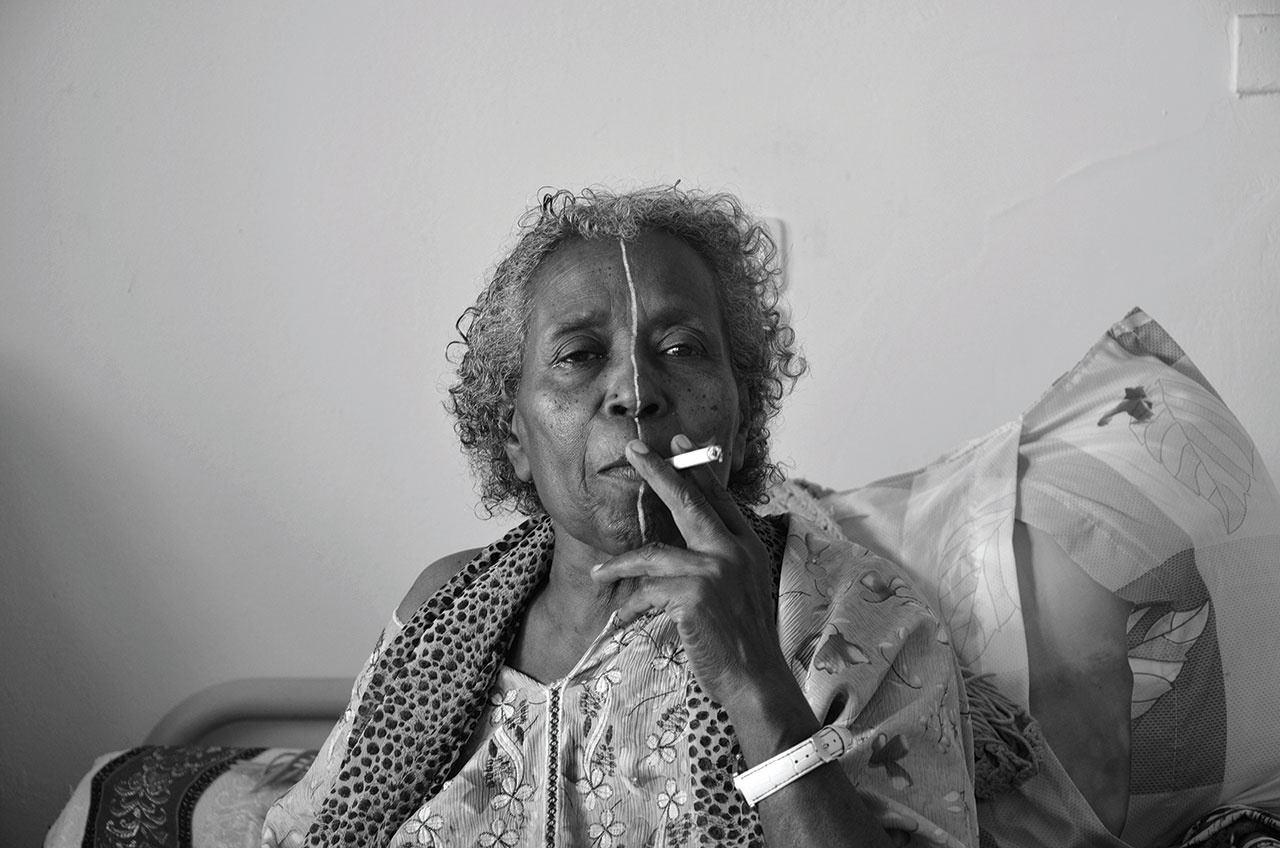
Mouna Jemal Siala, From the series “No to Division”, 2013, Photo: © The artist
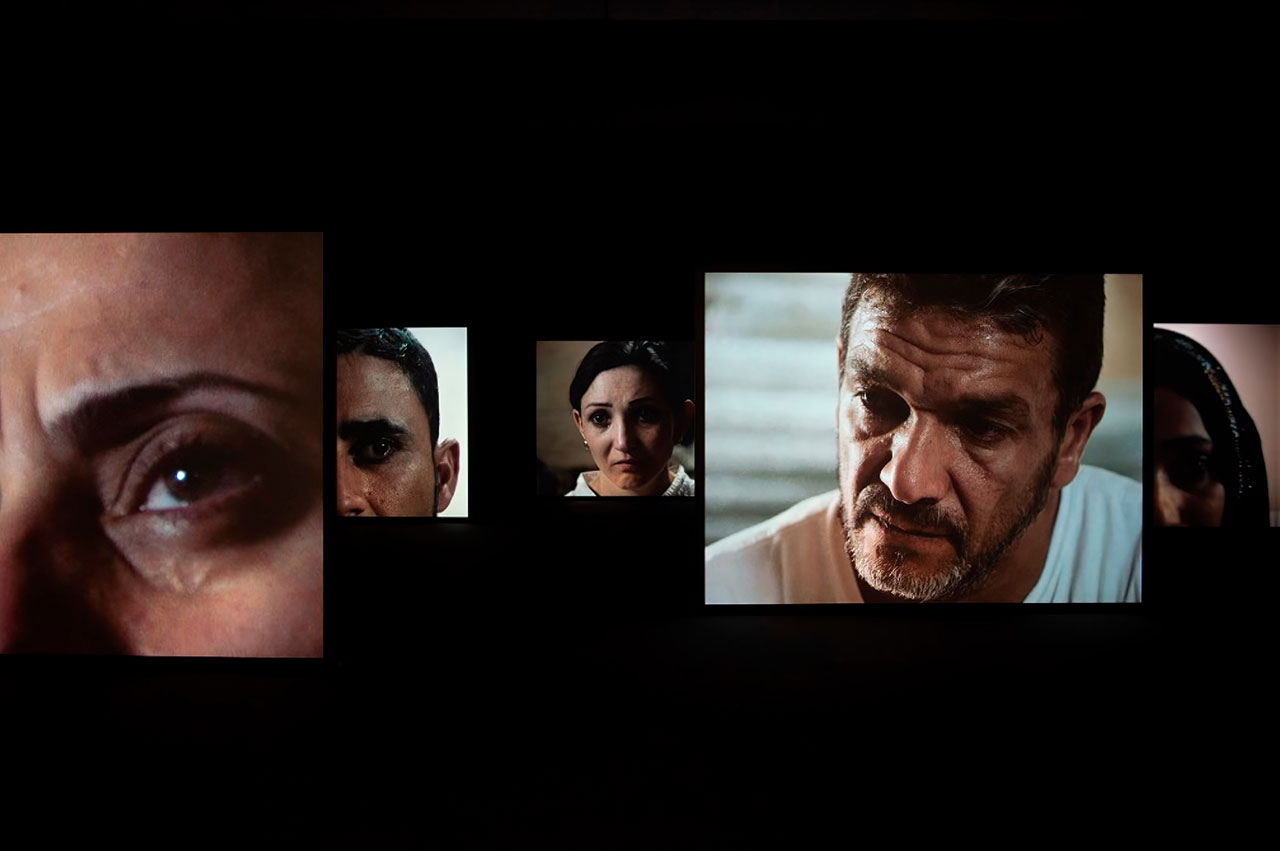
Adrian Paci, Still from video “Broken words”, 2019 Courtesy: The artist, Kaufmann Repetto, Mailand/New York and Peter Kilchmann, Zürich. Produced with contribution of Sant Egidio community, Rome
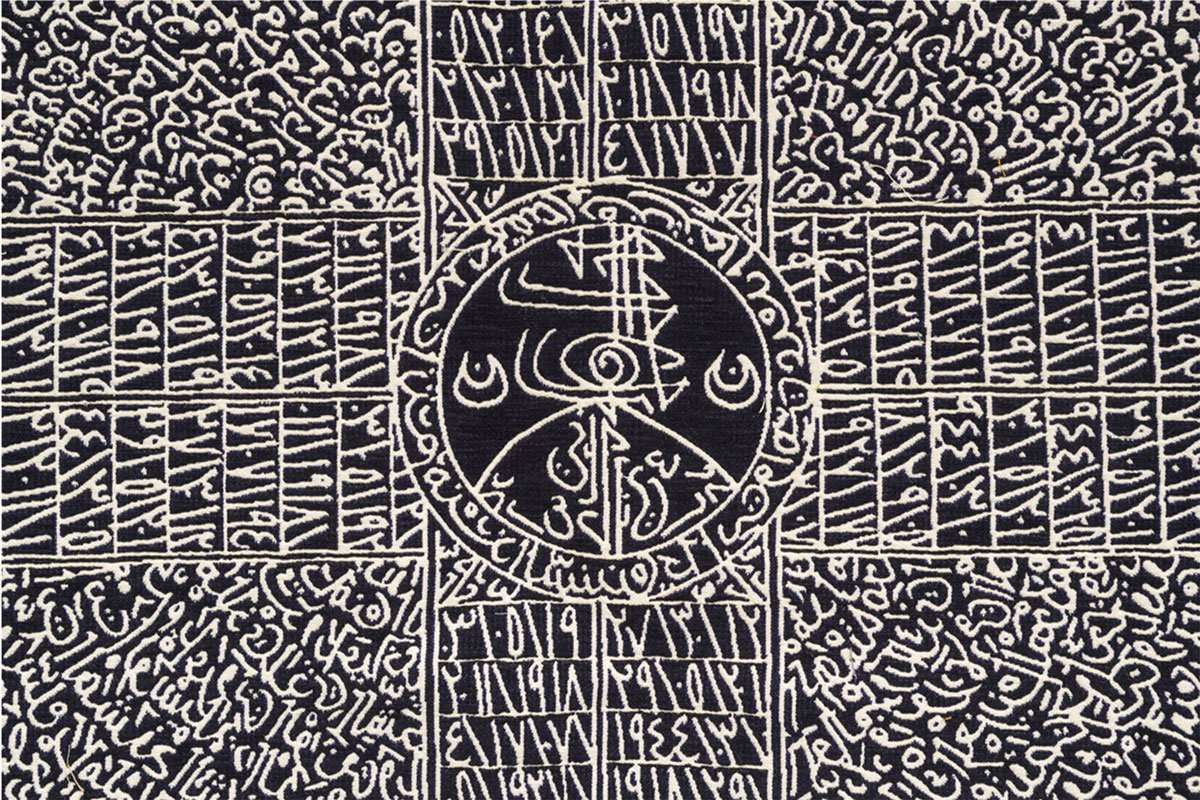
Rachid Koraichi, Jardin d’Afrique (detail), 2020, Photo: Courtesy Factum Arte, Oak Taylor Smith
